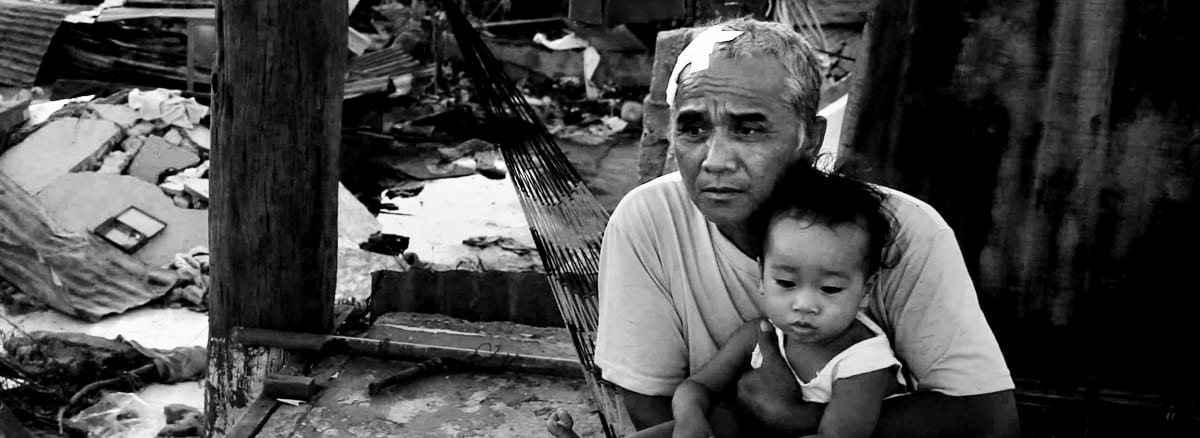Southeast Asia: Refugee Crisis and the Customary Law of Non-Refoulement
Dio Tobing – Intern at ASEAN Studies Center, Faculty of Social and Political Sciences, Universitas Gadjah Mada
If the European Union is still dealing with mass influx of forced migration from the Middle East, Southeast Asian refugee crisis has also been going on for more than years. These refugees are mainly coming from places, which experience worst cases of human tragedy including political instability at their place of origins, conflict-zones, and human rights violations. At this very moment, ASEAN member countries have not yet reached any agreement on how to respond towards this issue, which is why the responsibility then goes back to its members individually.
Due to this lack of agreement within the forum, many people tend to blame the inability and incompetence of ASEAN members in responding this issue due to their majority position as non-parties the 1951 Refugee Convention. Many have also argued that the international community should pressure and urge ASEAN member states to start becoming the parties of the Refugee Convention 1951, as there are only two ASEAN members who have ratified the convention, which are Cambodia and the Philippines.
However, does ratifying such international law reflect states compliance towards its provision? Is international law a manipulable façade for power politics? (Koskenniemi, 2011) Even in the reality of ASEAN region, countries who are highly associated with the issue of refugee have constructively showed progress responding with refugee crisis. In mid-2015, the Ministerial Meeting on Irregular Movement of People in Southeast Asia have successfully adopted a joint statement stressing states responsibilities and obligations to provide humanitarian assistance towards irregular migrants initiated by Indonesia, Malaysia, and Thailand. The governments of these three countries have committed to deliver humanitarian assistance and temporary shelters to those in need and those who stranded at the sea.
Moreover, these three countries also have their domestic mechanism in dealing with this problem similar to the provision of the 1951 Refugee Convention. For instance, Indonesia government refers to the Letter of the Directorate General of Immigration No. F-IL.01.10-1297. Government of Indonesia emphasizes that those who are seeking asylum in Indonesia would not be deported. The government also stresses that they are working in cooperation with the United Nations High Commissioner for Refugees (UNHCR) when handling the case of refugee. The provision of this letter is also in accordance with the principle of Non-Refoulement (Justinar, 2011).
Not only Indonesia, Thailand also stands as state not party to the Refugee Convention, however, the country has worked hard in providing temporary shelters along the Thai-Burma border, currently accommodating more than 105.000 refugees (EU, 2016). For Malaysia, there are currently more than 150.000 refugees registered by the UNHCR residing in the country (Lokman, 2016).
These three major ASEAN member countries do not become party to the Refugee Convention yet to some extent, their actions and policies reflected their compliance the fundamental principle codified into the convention, the Customary Principle of Non-Refoulement. Recognizing that the prohibition of refoulement stands on the same level of prohibition of torture as peremptory norm of international law, or jus cogens (UNHCR, 2006). These major countries affected by mass influx in Southeast Asian region have acted accordingly, as bound by the Customary International Law on prohibition of refoulement, although not becoming state parties to 1951 Refugee Convention. Even if there are no regional cooperation or agreement on responding towards the issue and although majority ASEAN members do not ratify the 1951 Refugee Convention, some states are in cooperation among each other as well as act unilaterally to overcome this issue in accordance to national policy.




